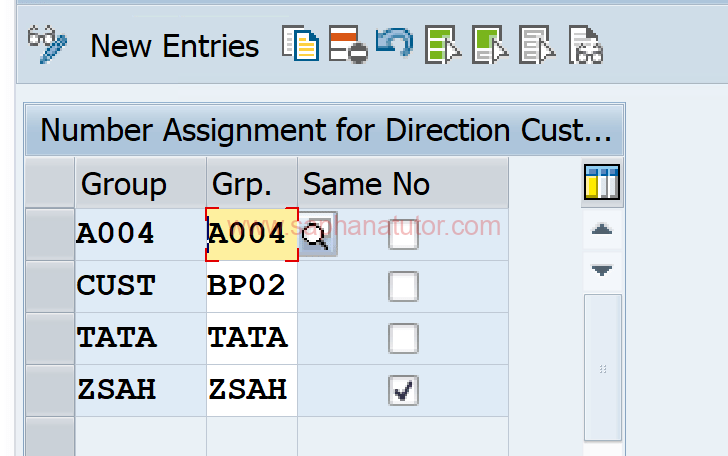What is a Business Partner in SAP?
A Business partner in SAP serves as a centralized master record, acting as the primary entry point for creating, editing, and displaying master data related to business partners, customers, vendors, or any other entities like employees a company interacts with. This centralization is crucial not only for maintaining a singular source of truth within the enterprise system but also for ensuring seamless transactions and consistent data across different Business processes. In the Enterprise Management environment, traditional ECC transactions used to establish these master data entities are now inactive.
Business Partner Configuration in SAP
Configuring a business partner in SAP is a multifaceted process, involving the setup of BP roles, BP Role categories, BP Grouping and Number Ranges (BUCF) and other attributes that define how a business partner will function within the SAP ecosystem.
The business partner configuration in SAP is pivotal to tailor the SAP environment to the specific needs and workflows of an organization, ensuring that all interactions with business partners are both efficient and standardized.
- At the time of Business Partner creation, it is mandatory to select Business Partner category. This classifies the Business Partner.
- The Business Partner Roles are defined on the basis of business process. Attributes that are relevant to this process are assigned to the Business Partner Roles.

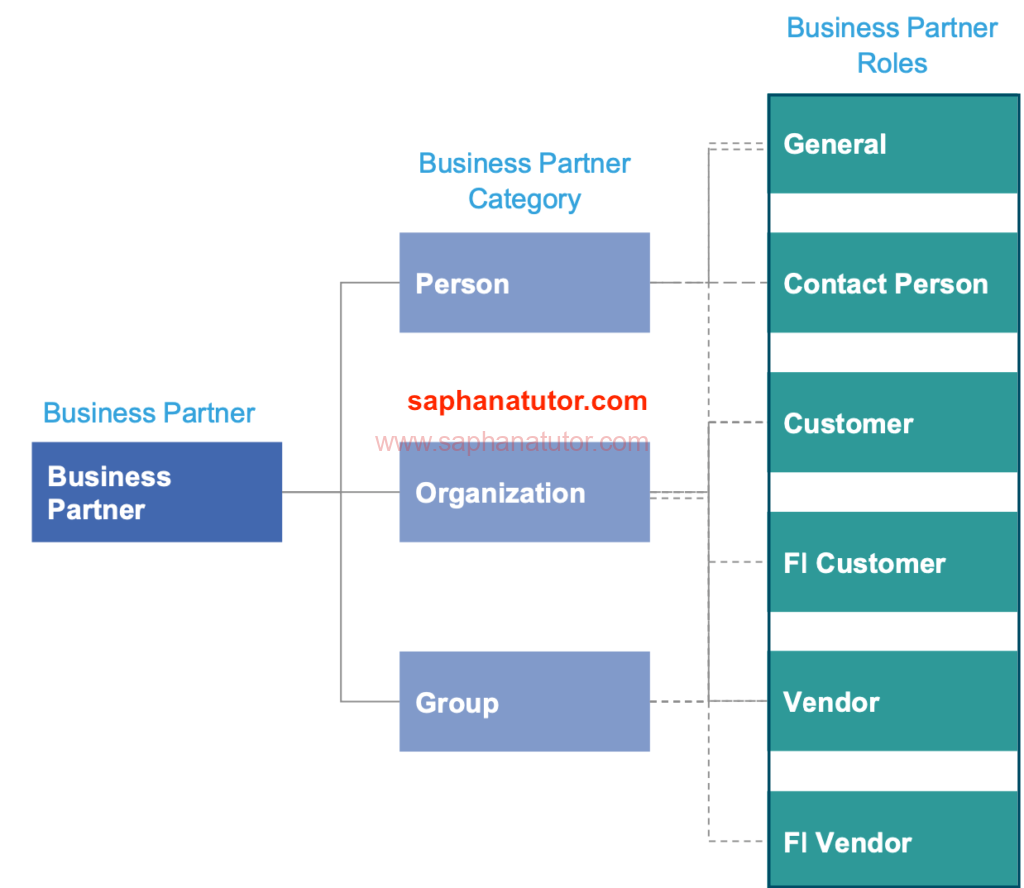
The concept of a Business Partner (BP) role is central to understanding how businesses interact in various transactions. In essence, a BP role refers to the specific function or position a business partner assumes during a business interaction, such as that of a customer or a vendor.
BP Role Category
This is a system that allows for the categorization of multiple BP roles. Within each category, one role is designated as the standard. This hierarchical arrangement facilitates more organized and efficient handling of different BP roles in business transactions.
Navigate to SPRO → Cross-Application Components → SAP Business Partner → Business Partner → Basic Settings → Define BP Roles.
Here, you can define specific roles for BPs, like ‘Customer’ or ‘Vendor’, based on your business needs.
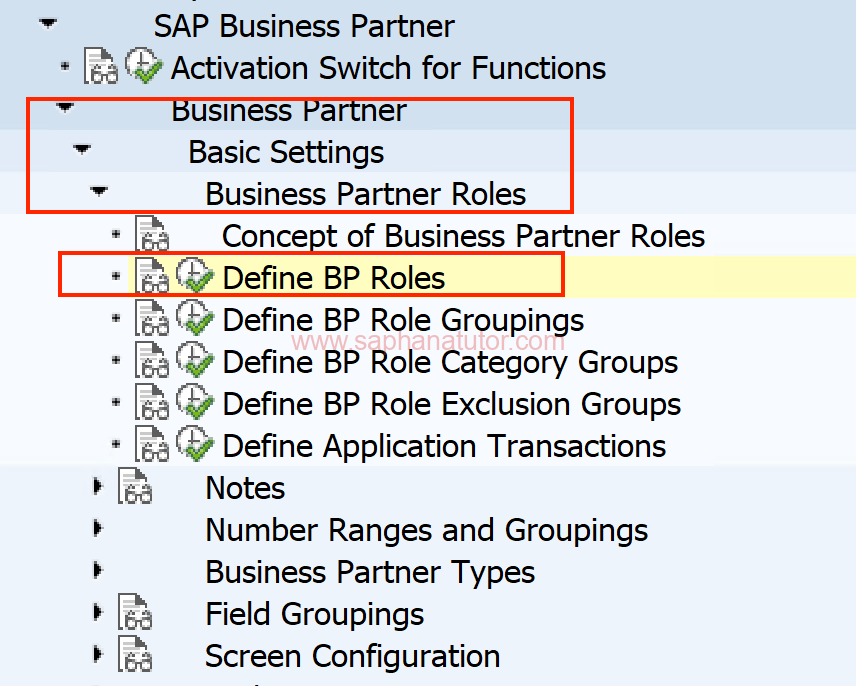
- Click on new entries to create new BP Role Category in S/4 Hana.
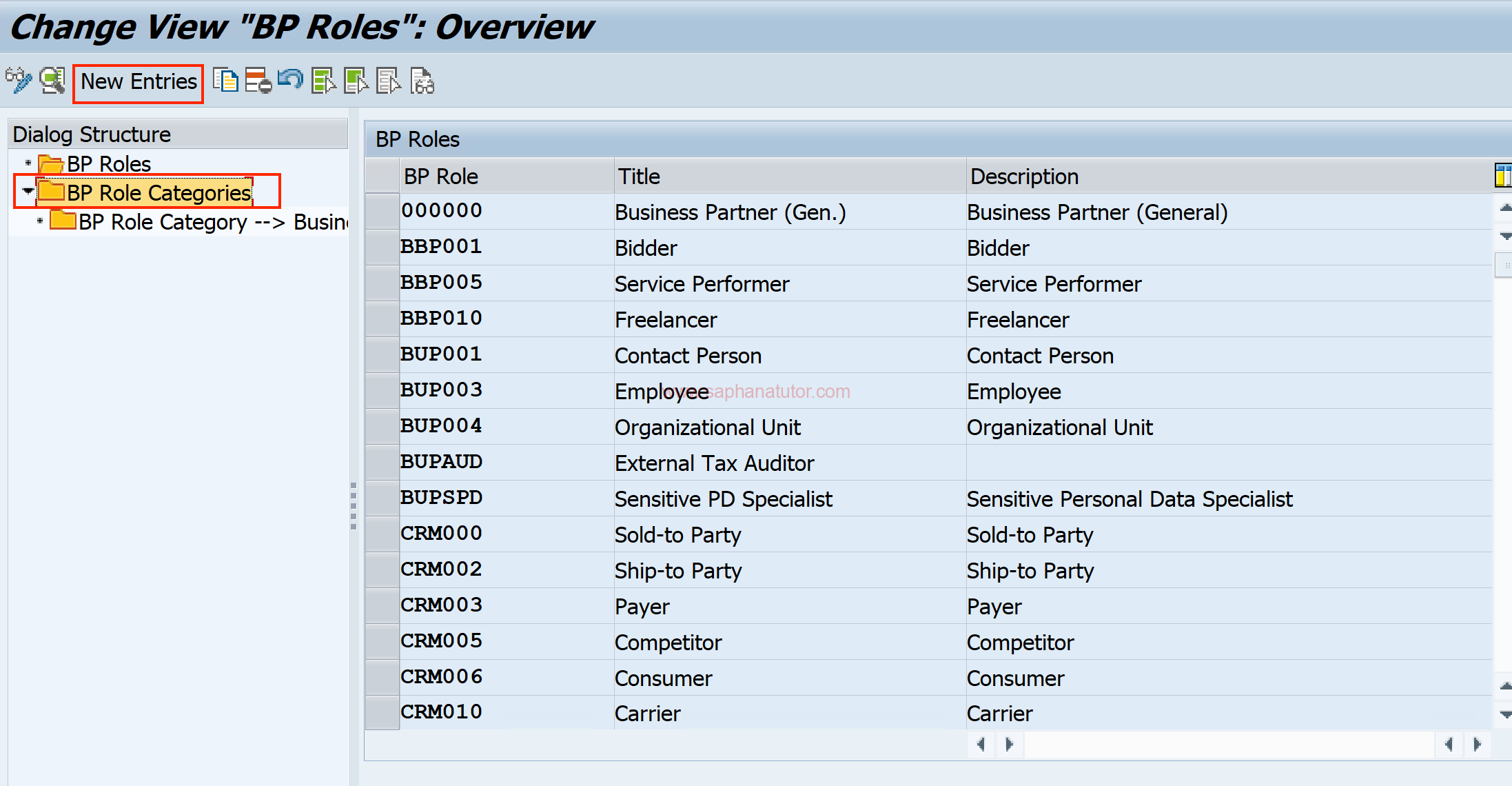
- It is always recommended to copy from the standard. Standard BP Role category in S/4 Hana are FLCU00, FLCU01, FLVN00, FLVN01.
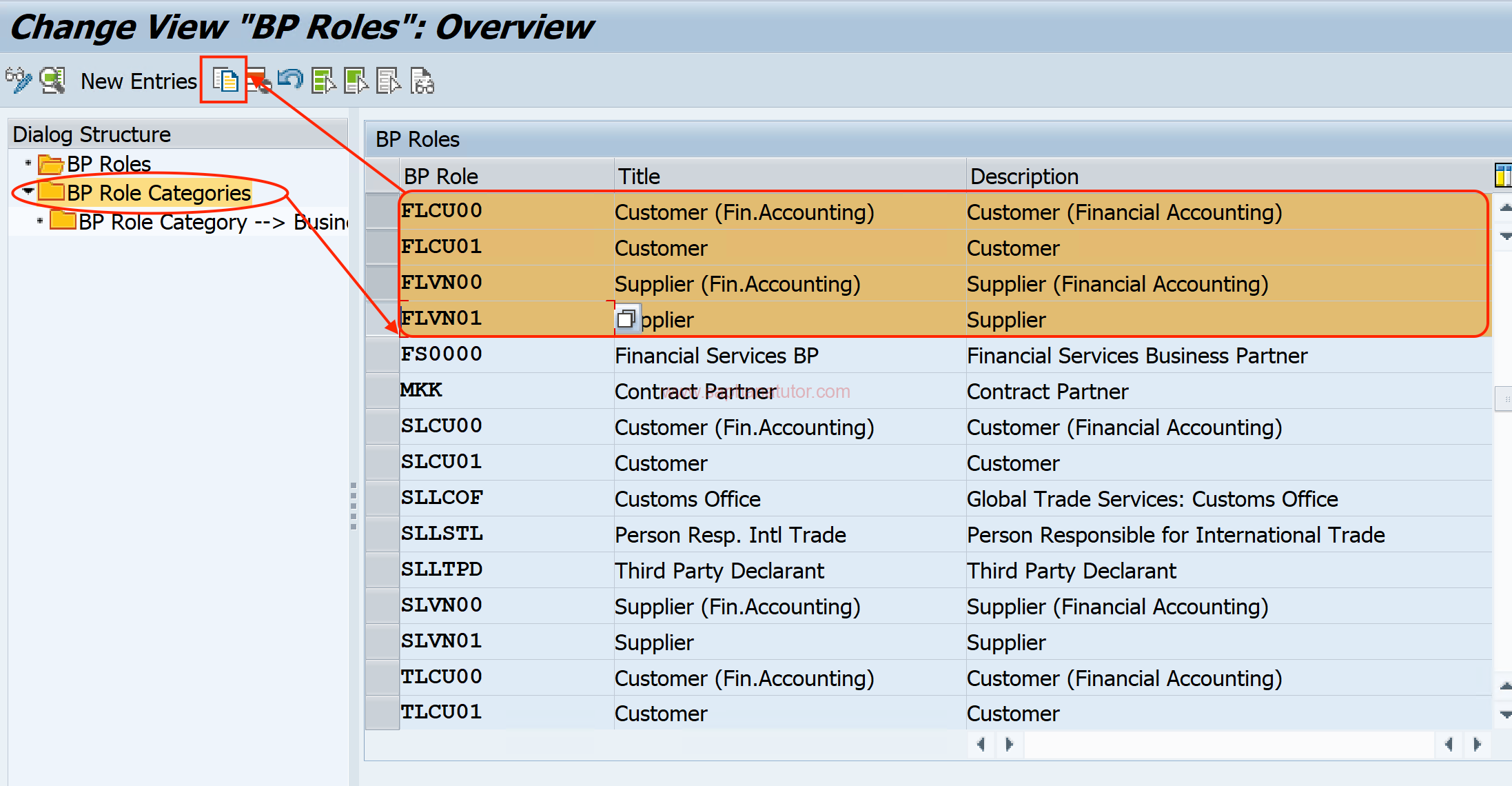
- By copying the standard, we have created ZSCU00, ZSCu01, ZSVN00, ZSVn01 role category groups.
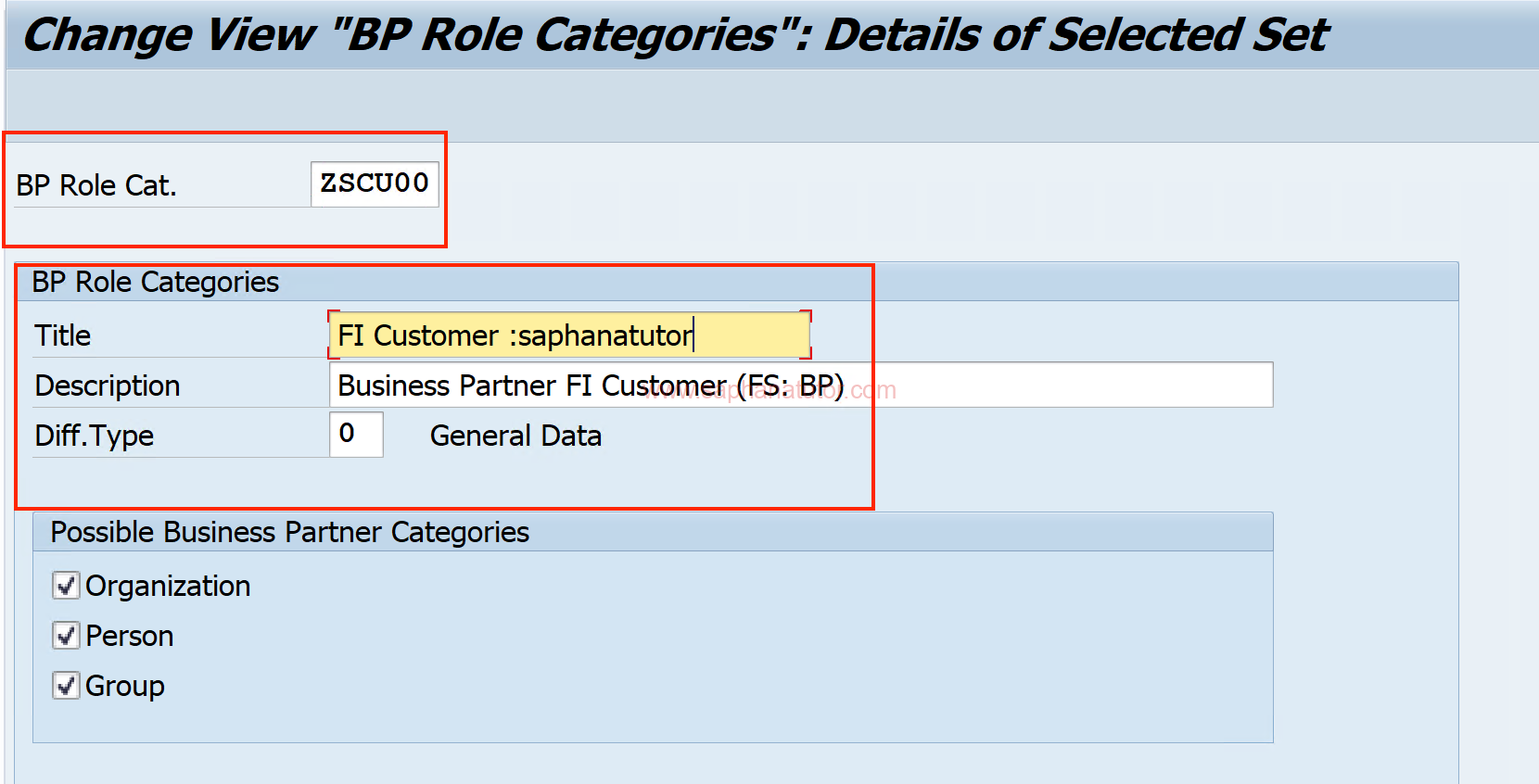
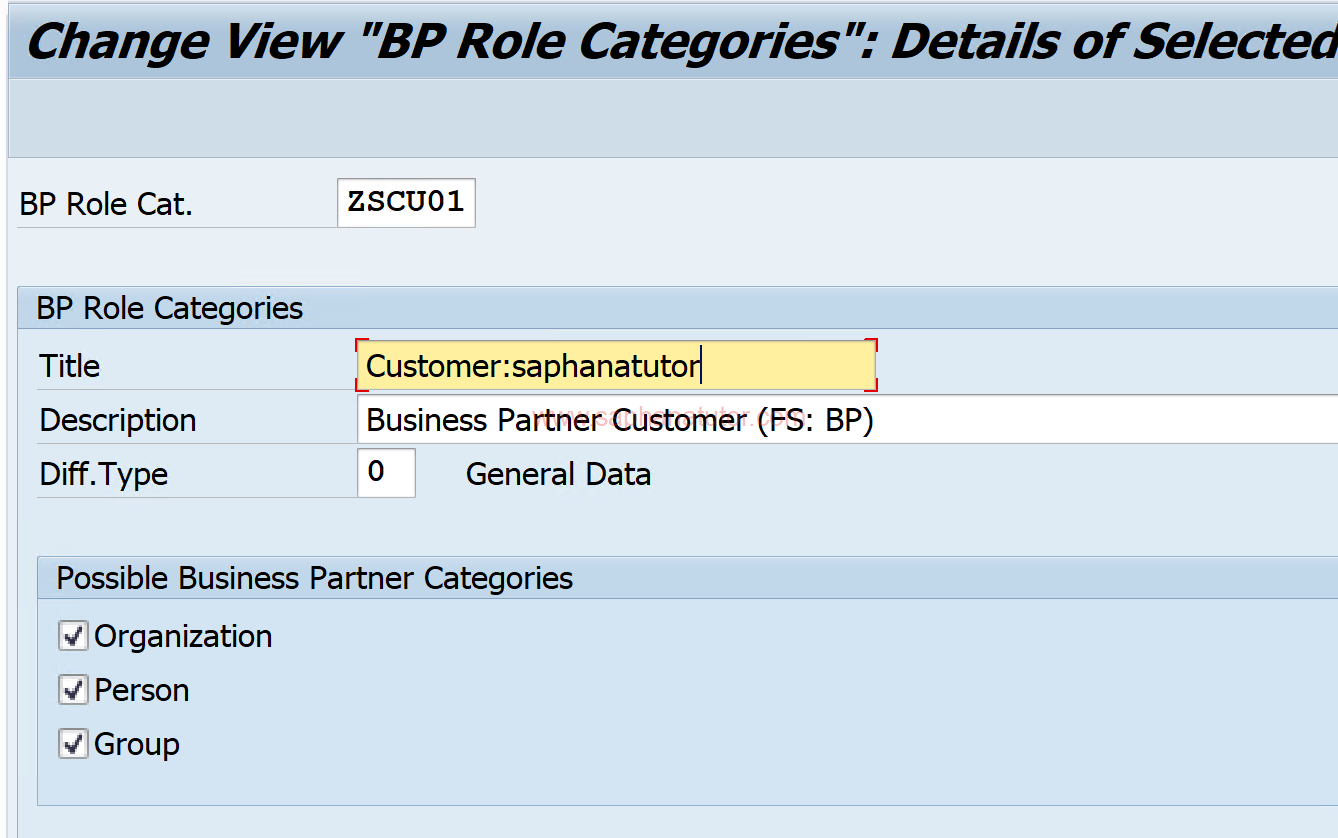
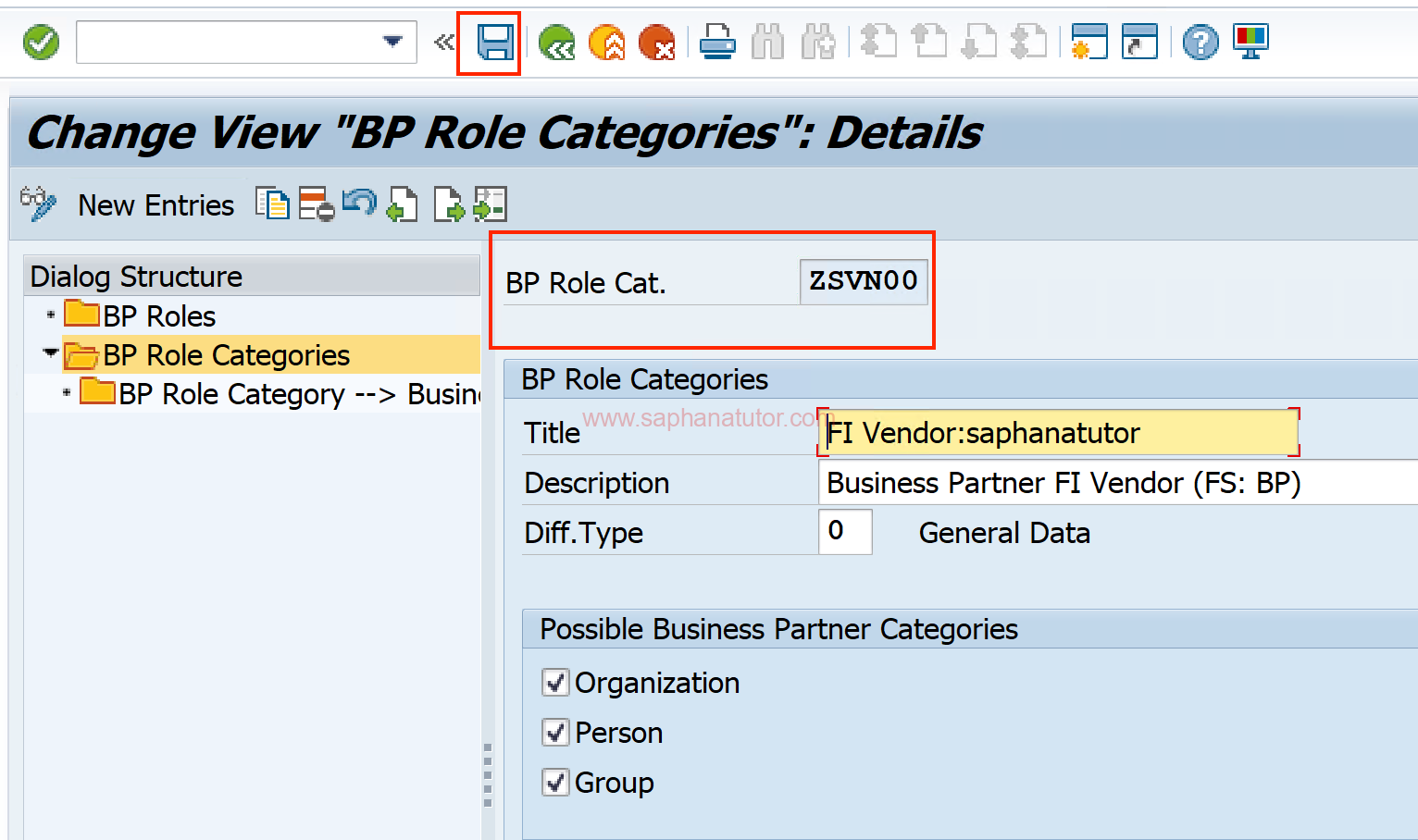
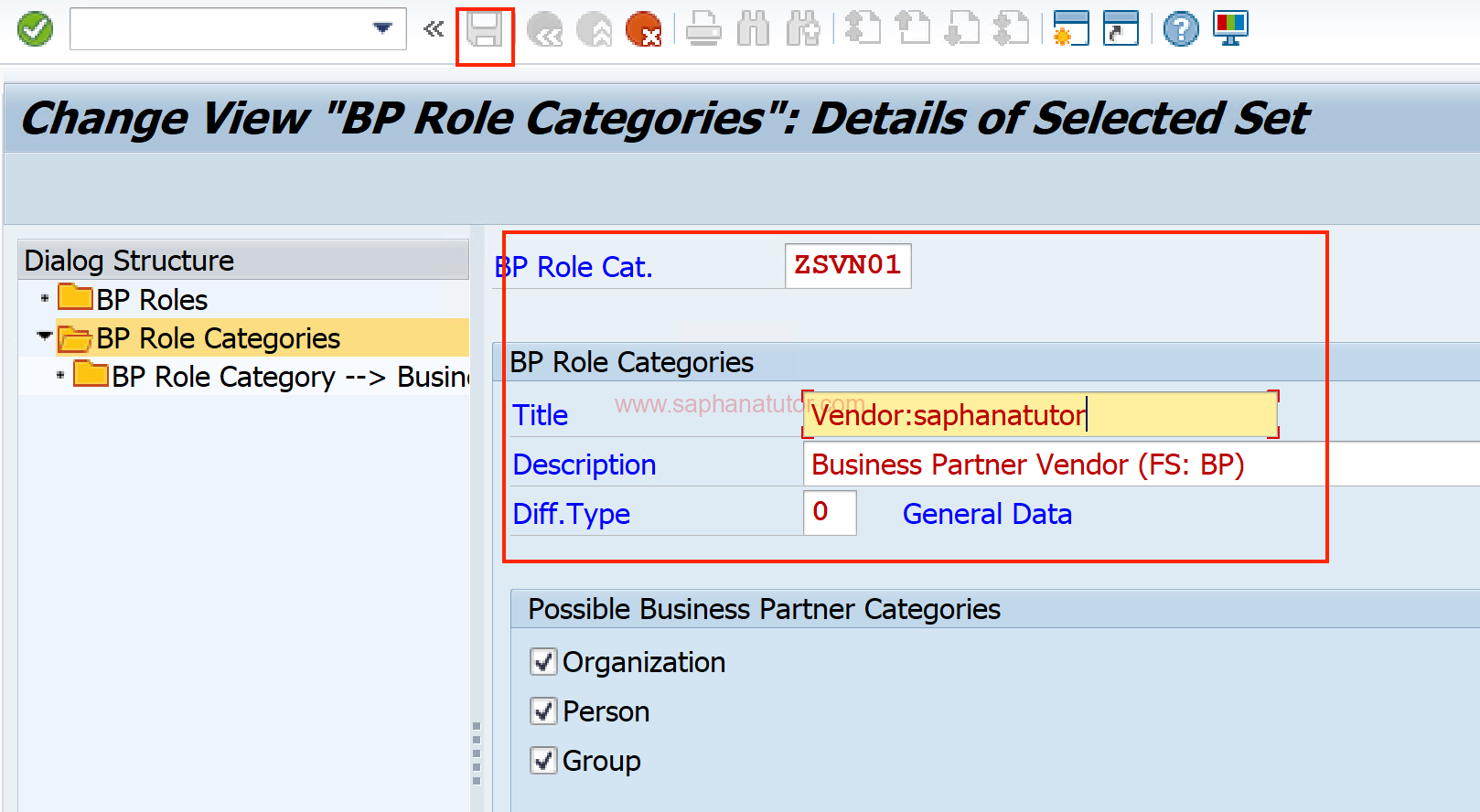
- As shown below we have created BP Role category .

- After creating BP Role category, we have to create BP Roles.

- ZSCU00, ZSCu01, ZSVn00, ZSVN01 BP Roles has been created successfully.
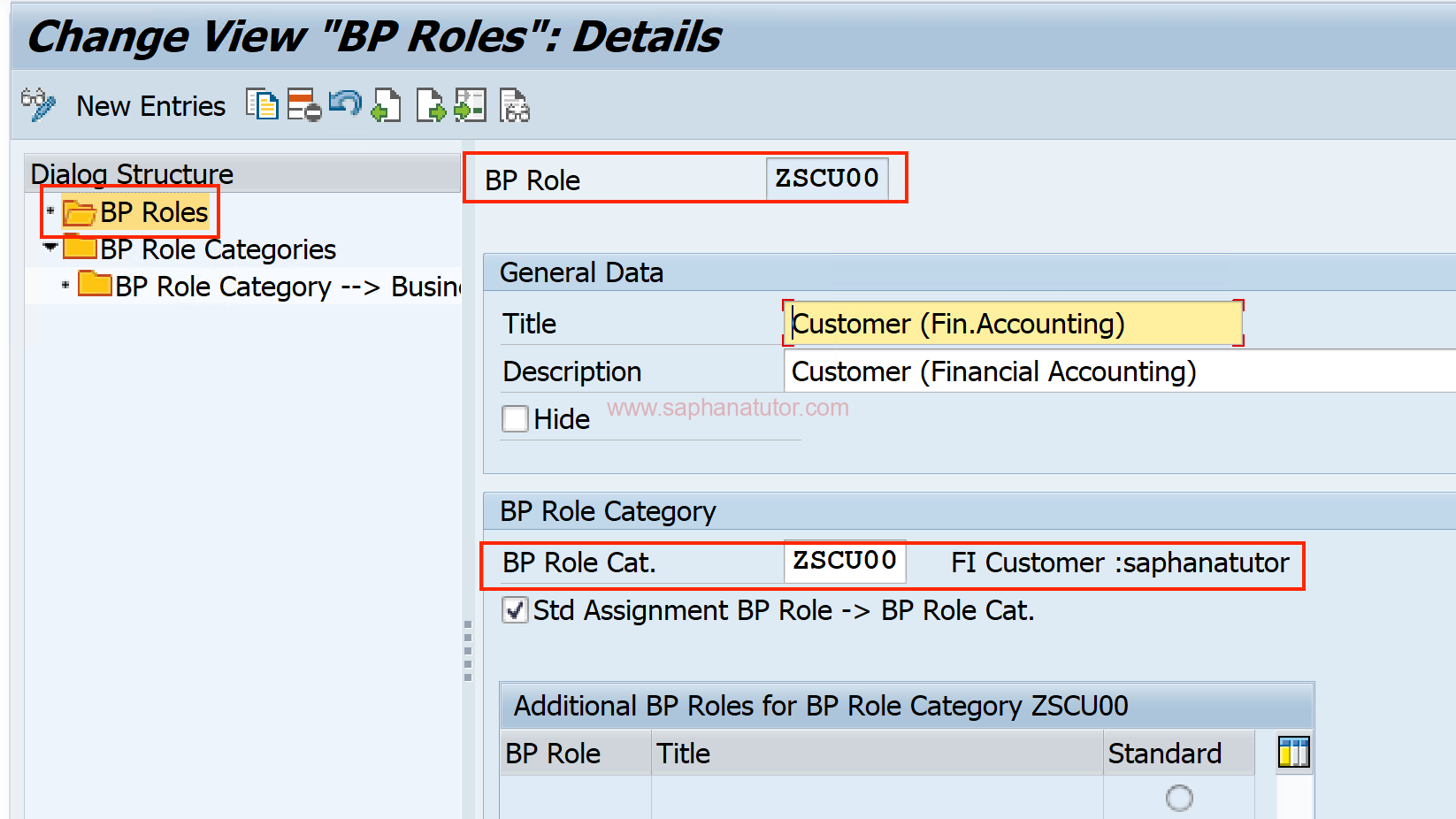
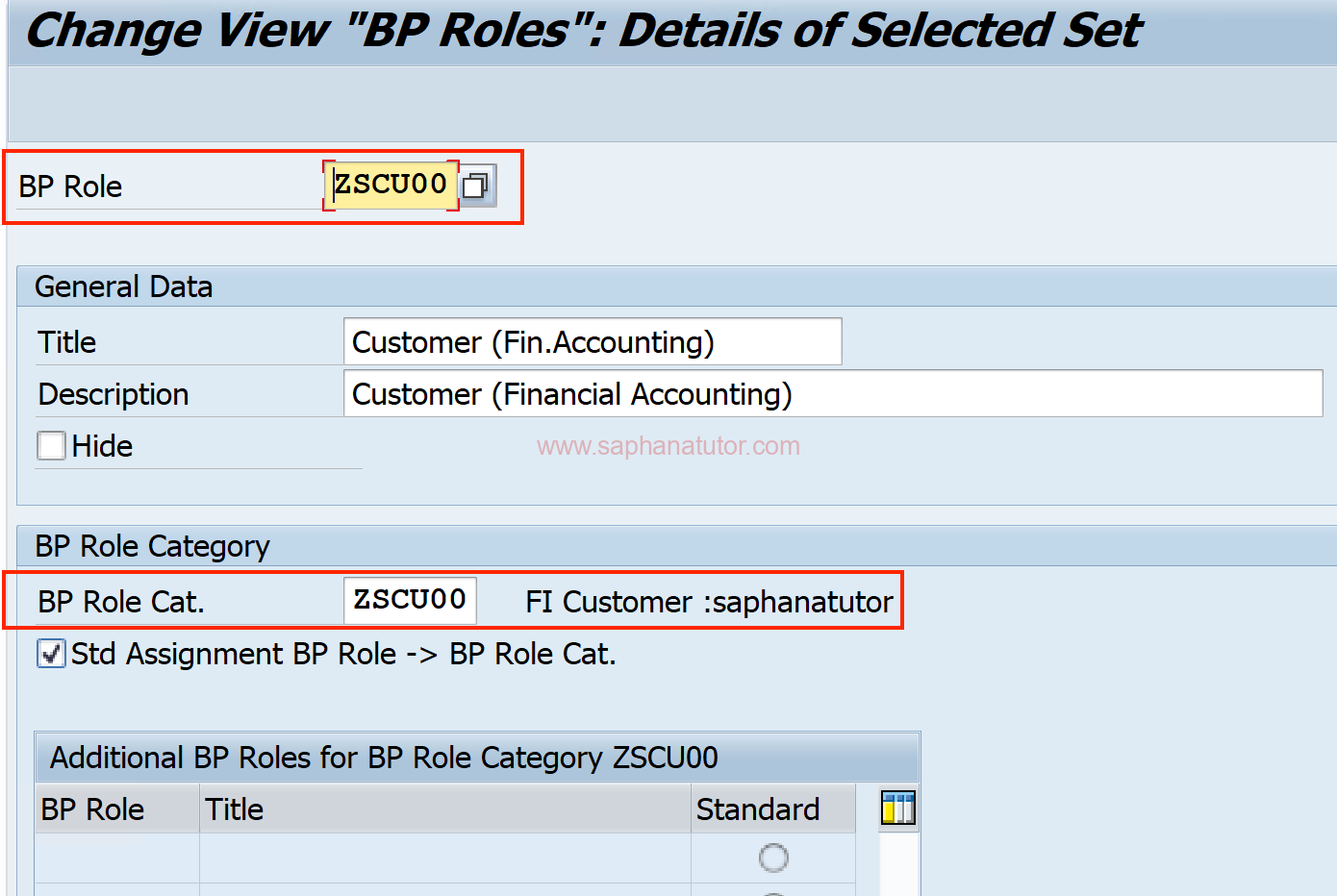

BP Role Grouping
This is a method used to cluster various BP roles for easier management and application. In practical terms, when a BP role grouping is selected (notably marked with a suffix ‘X’ in the BP role dropdown during transaction BP), it simultaneously creates all the BP roles that are linked to that particular grouping. This feature streamlines the process of assigning BP roles in business transactions.
Path: SPRO → Cross Application components → SAP Business partner → Business partner→Basic Settings→Business partner roles → Define BP Role Groupings
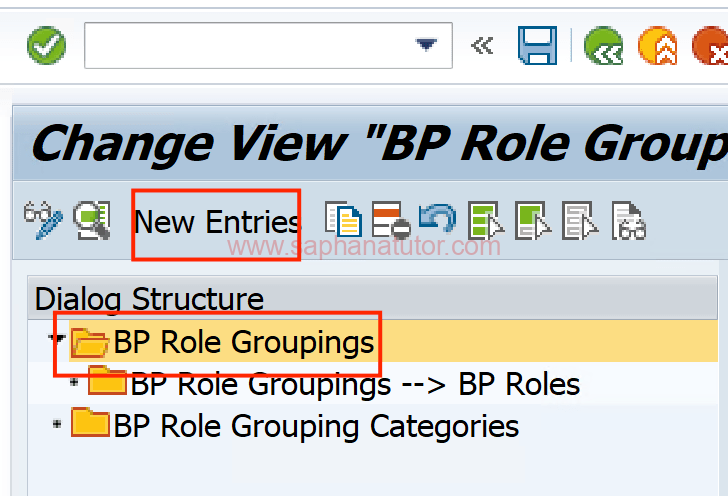
- Now select BP role Grouping => New Entries.
- Create your Role Grouping.
This Role Grouping is used for number ranges.
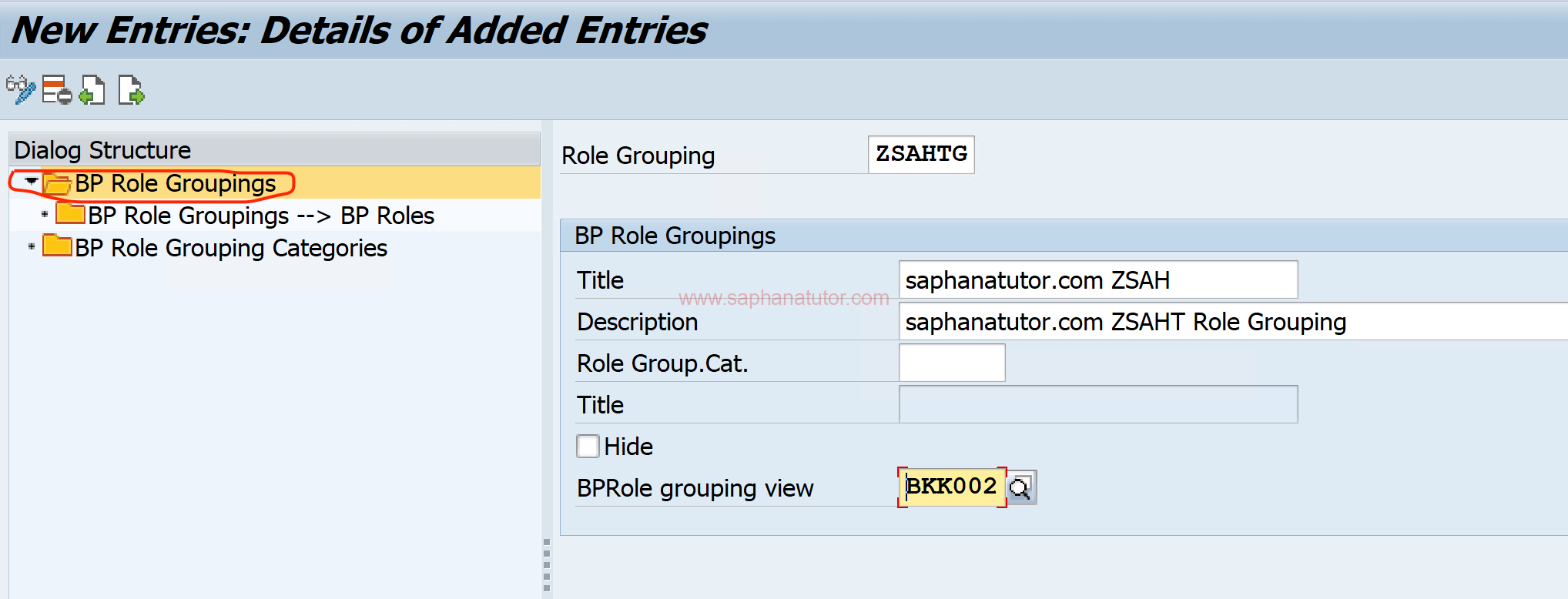
- Save the BP Grouping with your customizing request number.

- The next after creating BP Role Grouping, we have to add the BP roles to the BP Role Grouping. Here we have created BP Role like ZSCU00, ZSCu01, ZSVN00, ZSVn01.
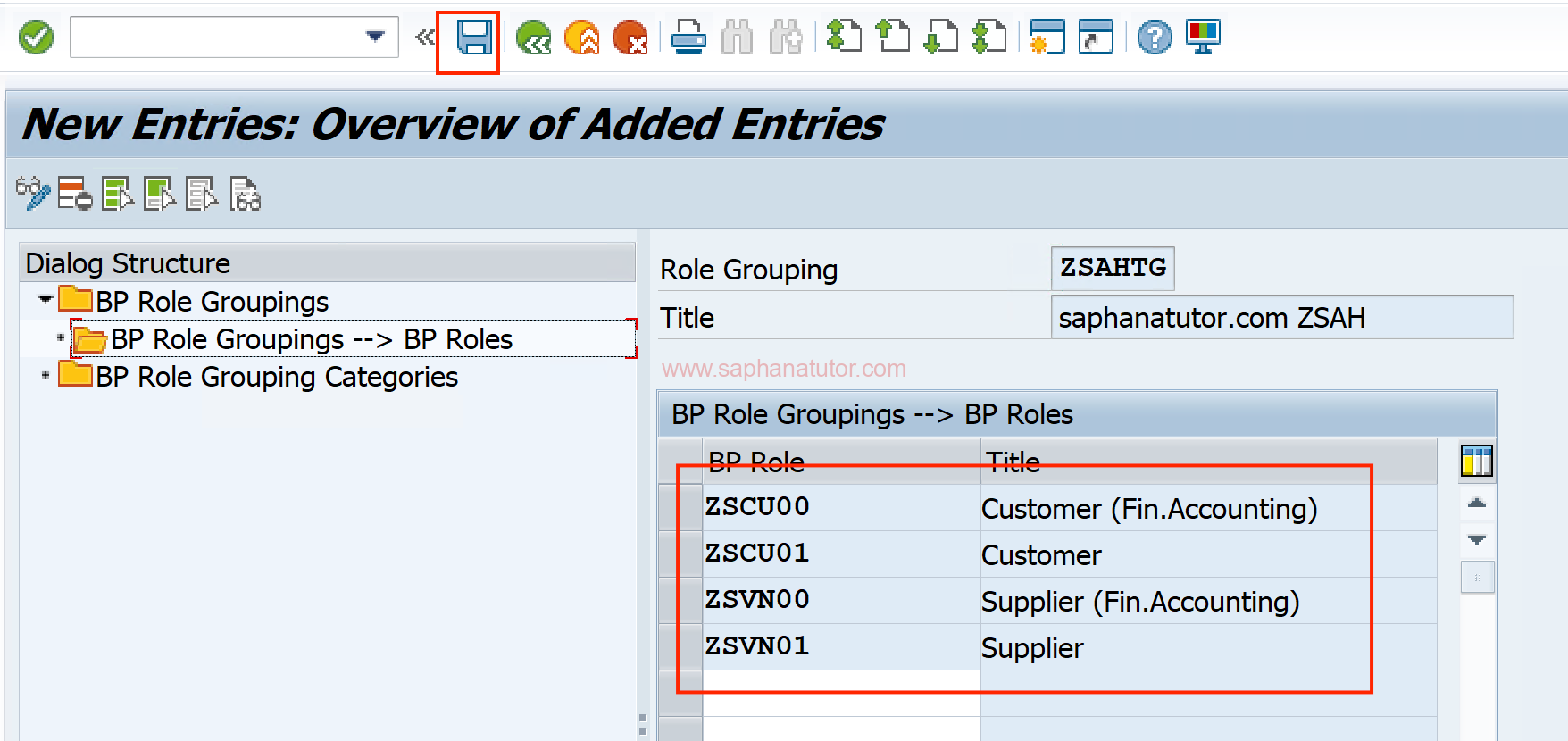
BP Grouping and Number Range
This feature involves assigning a specific number range to a Business Partner Grouping. This number range is automatically generated when creating a Business Partner. This systematic numbering is crucial for identification and tracking purposes in business operations.
Business Partner (BP) number Ranges can be created using the Transaction code BUCF.
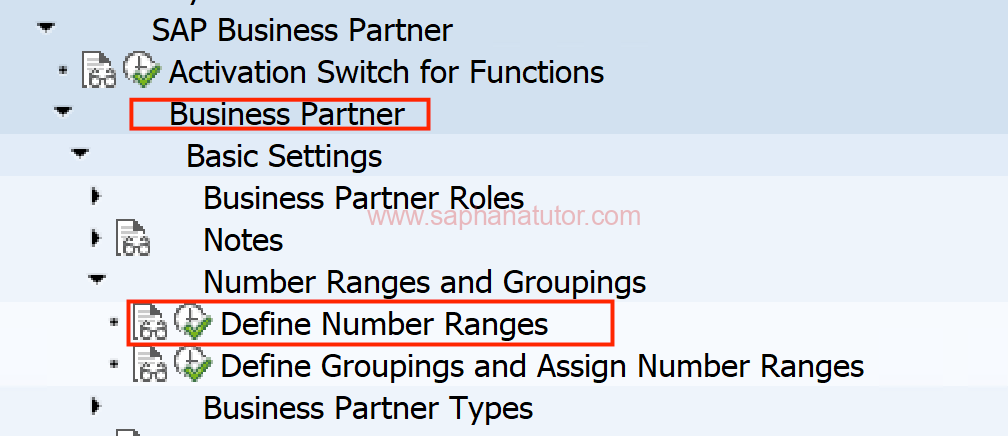
- Now go to Intervals to create our own BP number range Intervals.

Here Number Range for BP and Customer Account Group Number Intervals must be same.
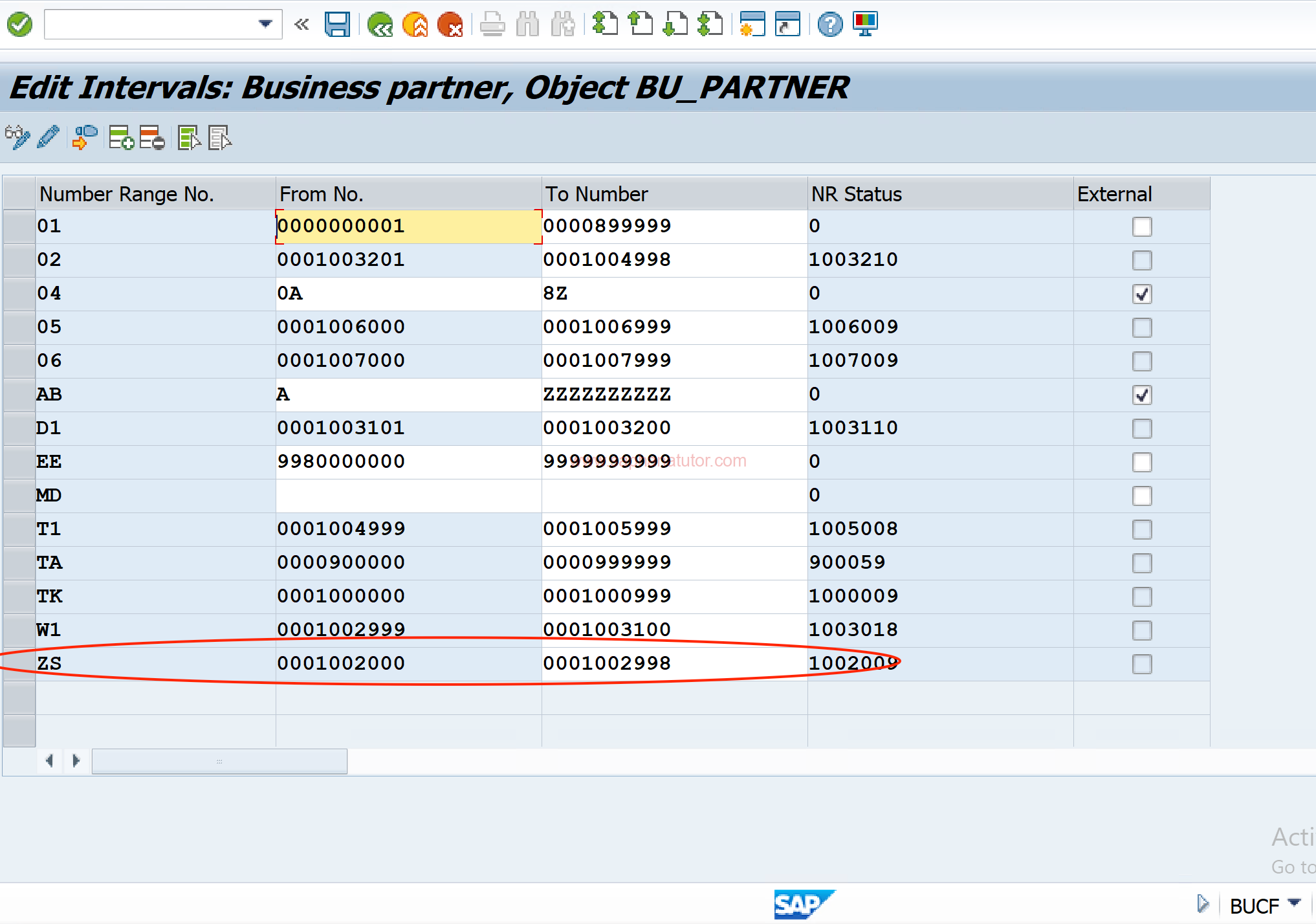
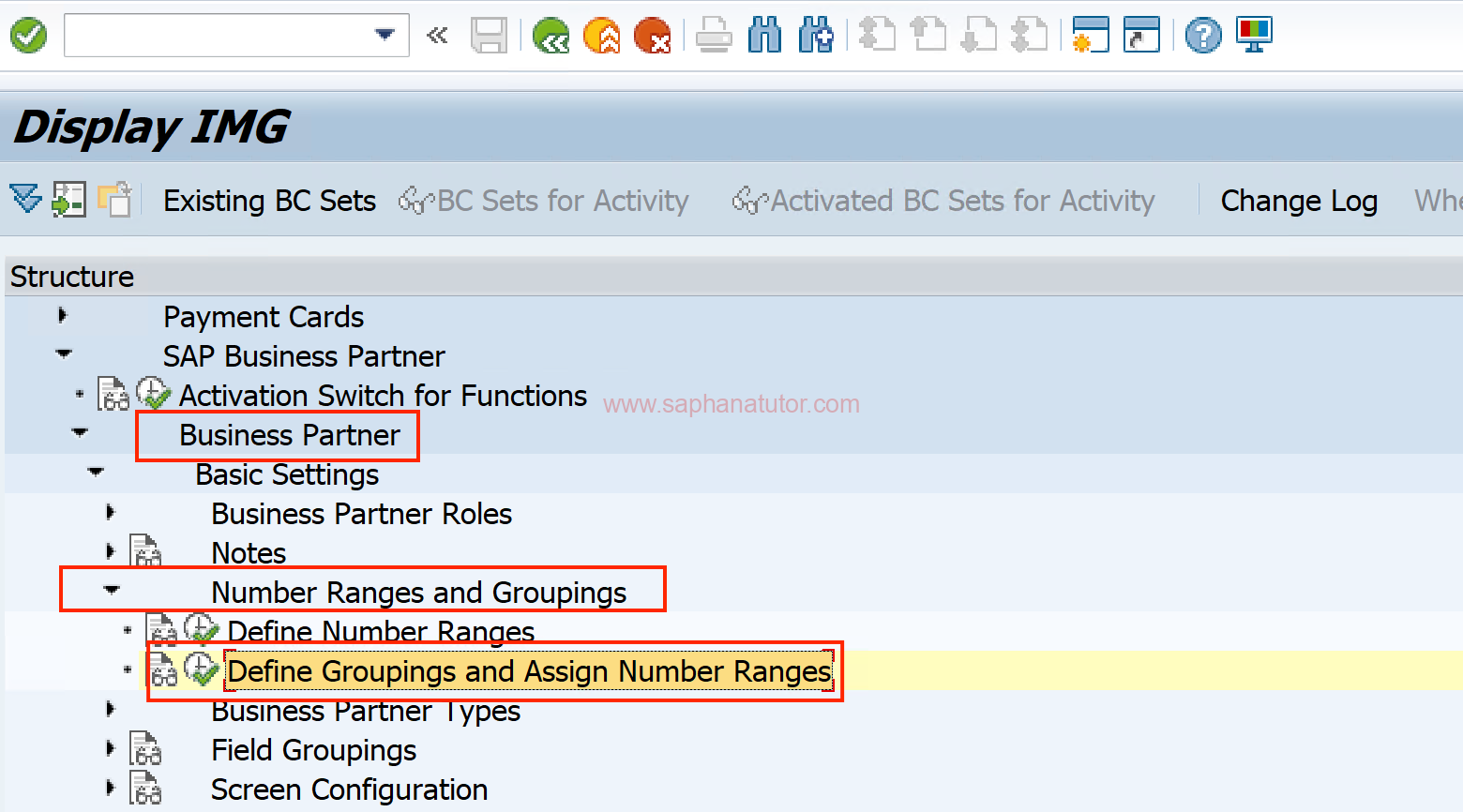
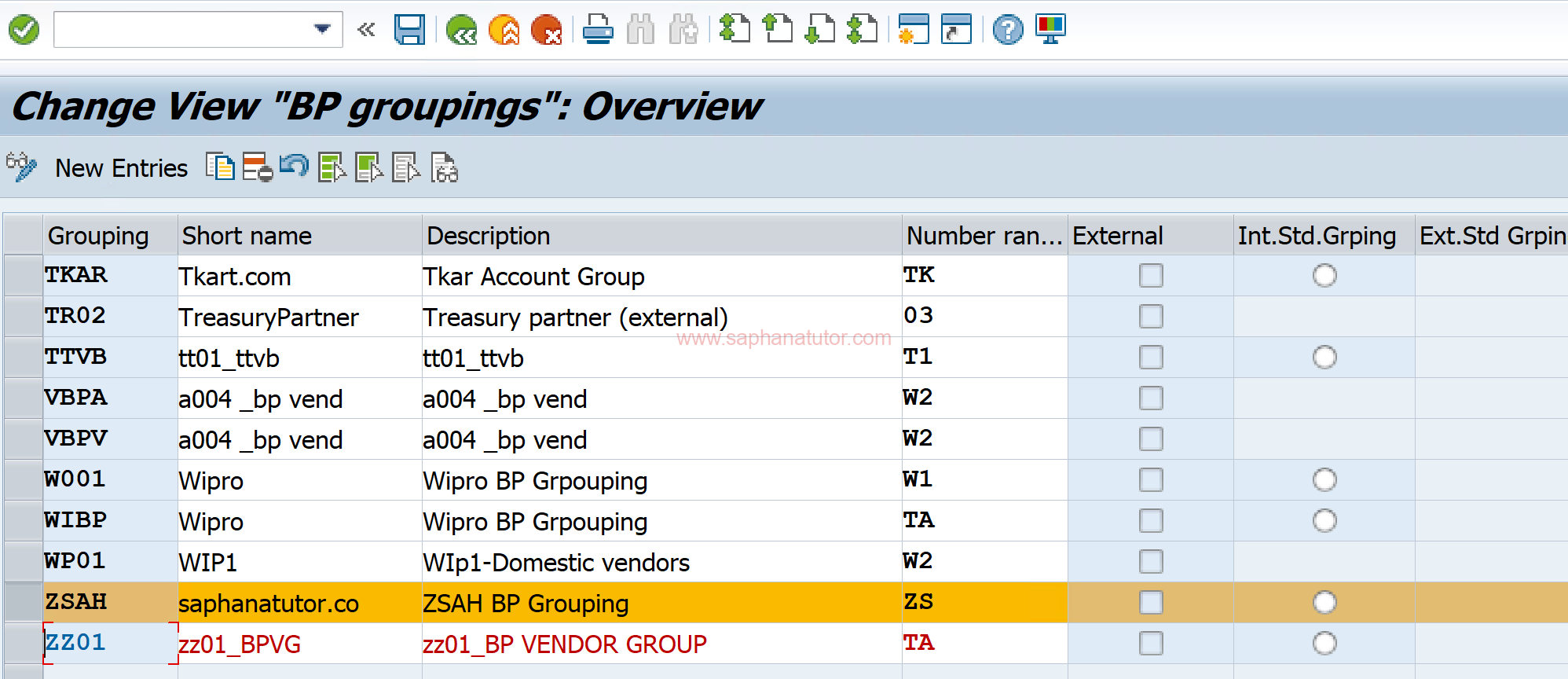
Master Data (CVI) Synchronization
In this process, whenever a Business Partner is created, customer numbers or ‘Sold to Party’ numbers are automatically generated. This function ensures that the Business Partner is appropriately linked with the customer master data. This synchronization is key in maintaining consistency and accuracy in the business’s record-keeping and transactional processes.
Understanding and effectively managing these components is vital for businesses to ensure seamless interactions and transactions with various partners in different roles.
SPRO → Cross Application components→Master Data synchronization → Synchronization control → Activate synchronization option → click on Activate indicator
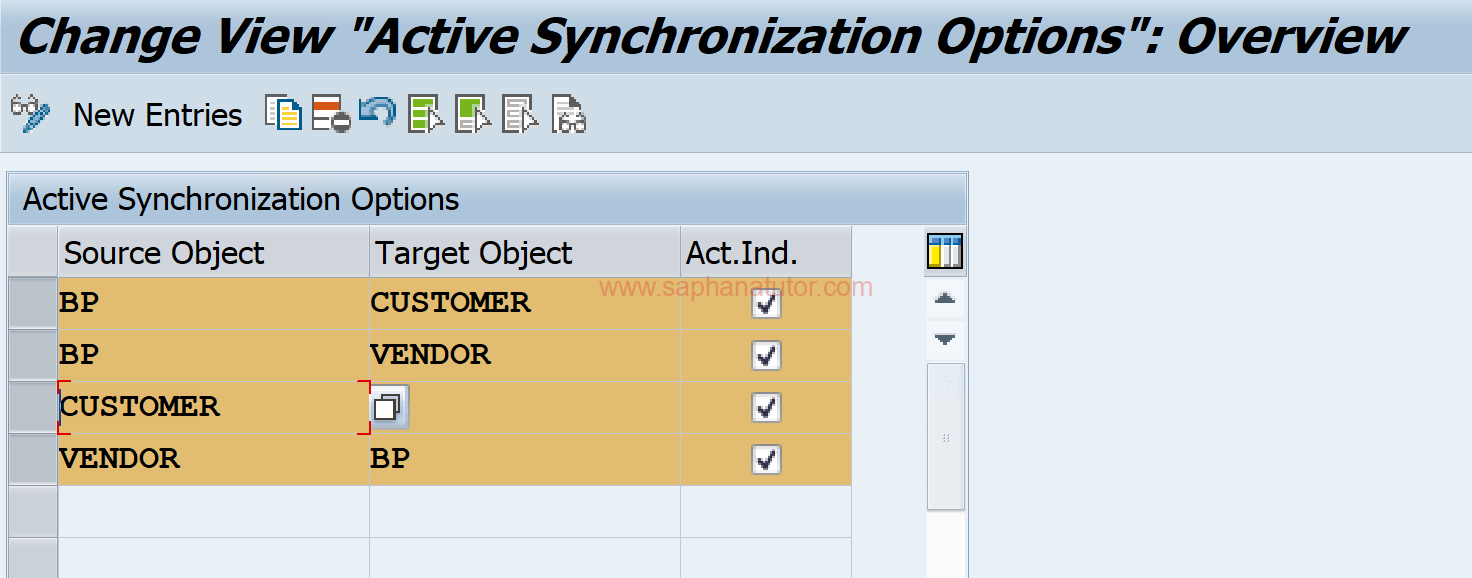
SPRO → Cross Application components → Master Data synchronization → customer /vendor integration → Business partner settings→settings for customer/vendor integration→Set BP Role category for Direction BP to Customer
- Click on New Entries to add the following BP Role categories.
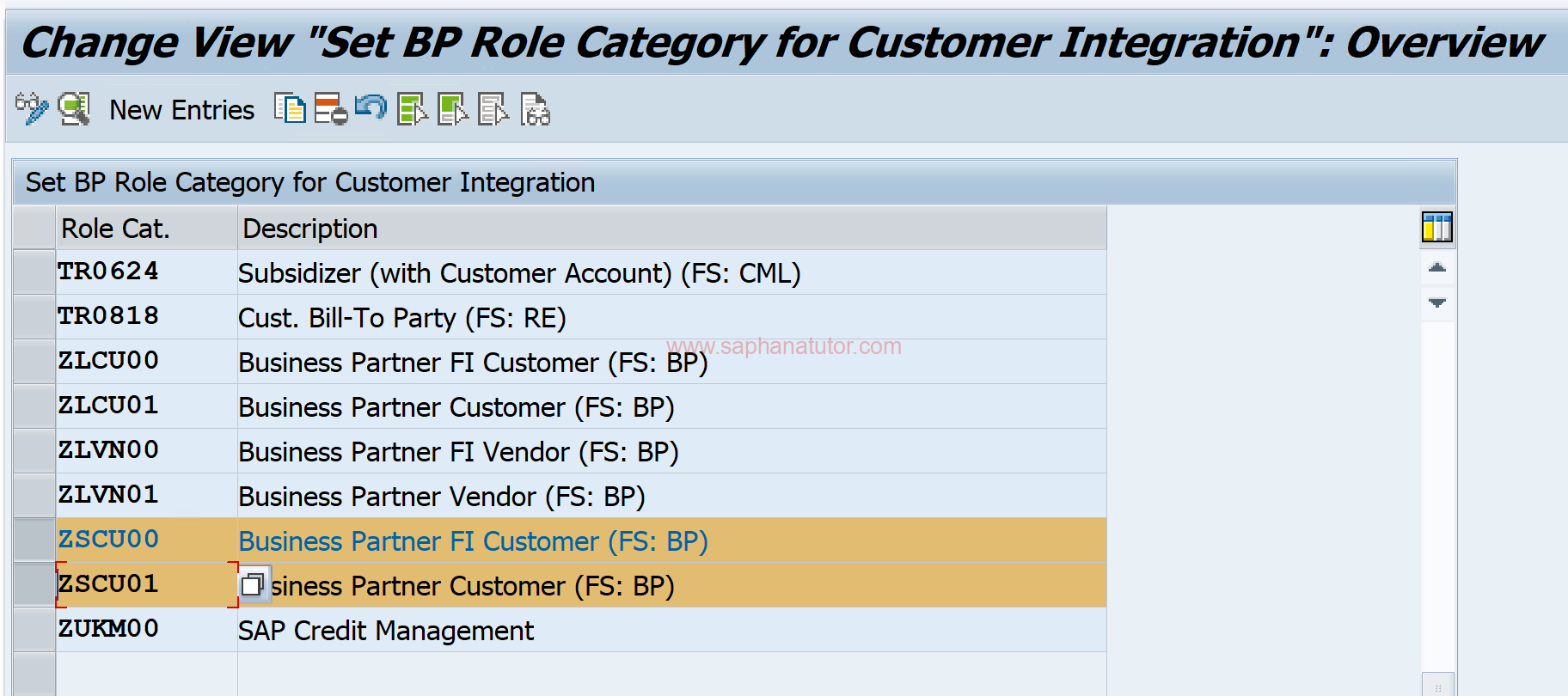
SPRO → Cross Application components → Master Data synchronization → customer /vendor integration → Business partner settings→settings for customer/vendor integration→Set BP Role category for Customer to BP.
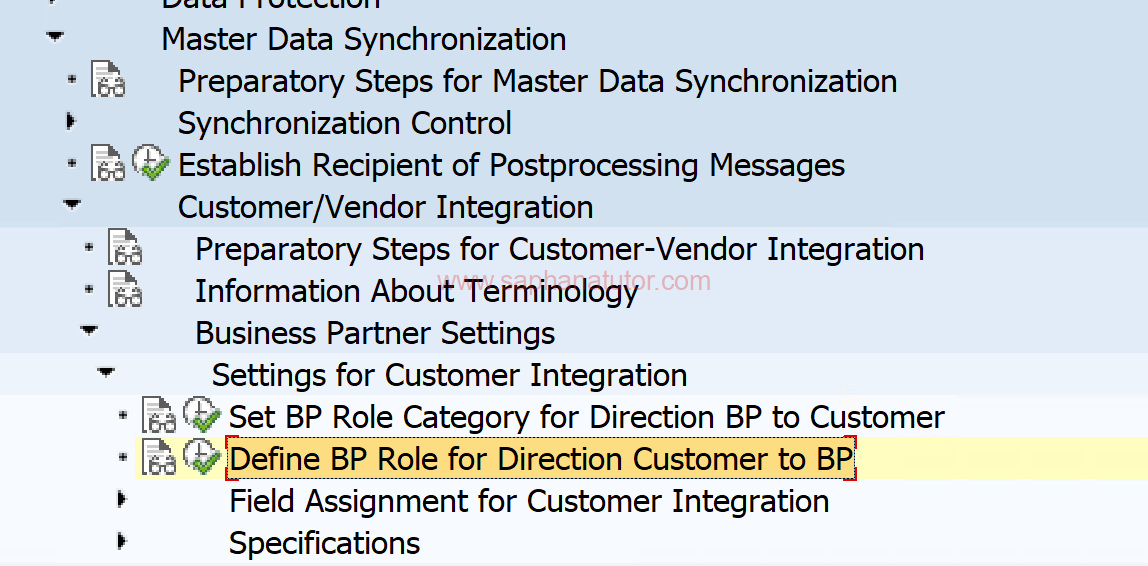
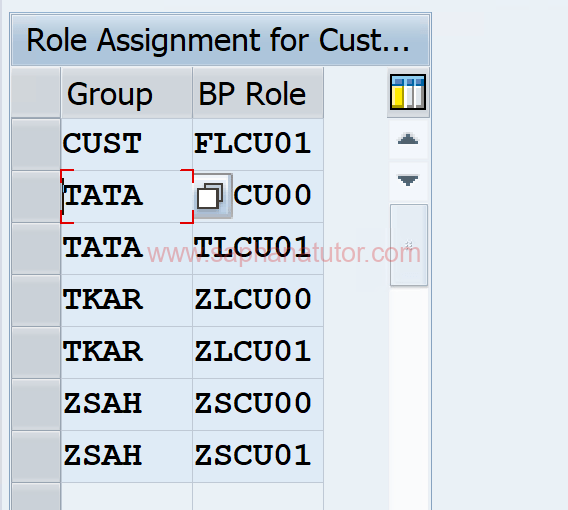
SPRO → Cross Application components → Master Data synchronization → customer /vendor integration → Business partner settings → settings for customer/vendor integration→field assignment for customer integration→ Define Number Assignment for Direction BP to customer

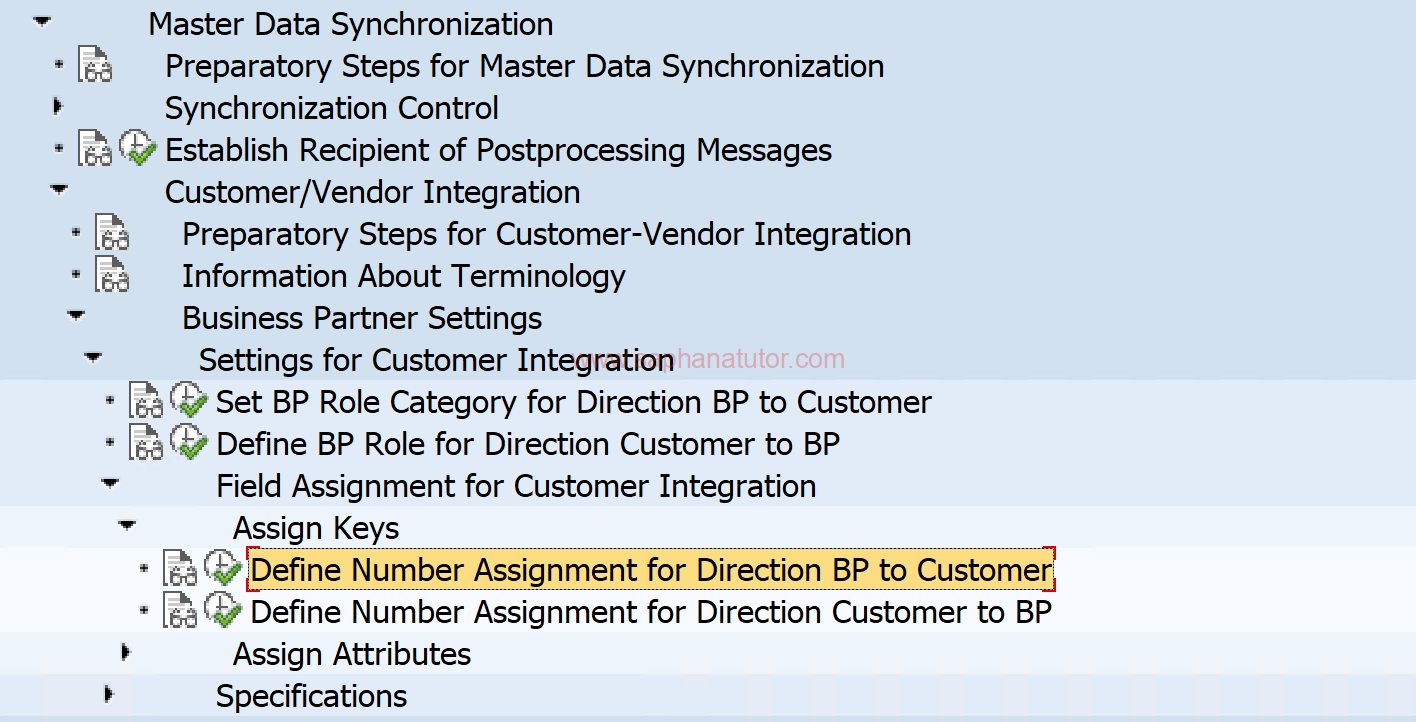
SPRO → Cross Application components → Master Data synchronization → customer /vendor integration → Business partner settings → settings for customer/vendor integration→field assignment for customer integration→ Define Number Assignment for Direction customer to BP
